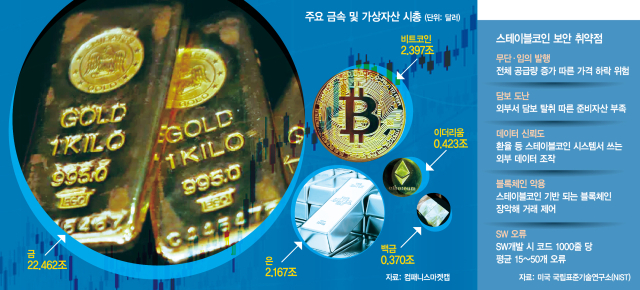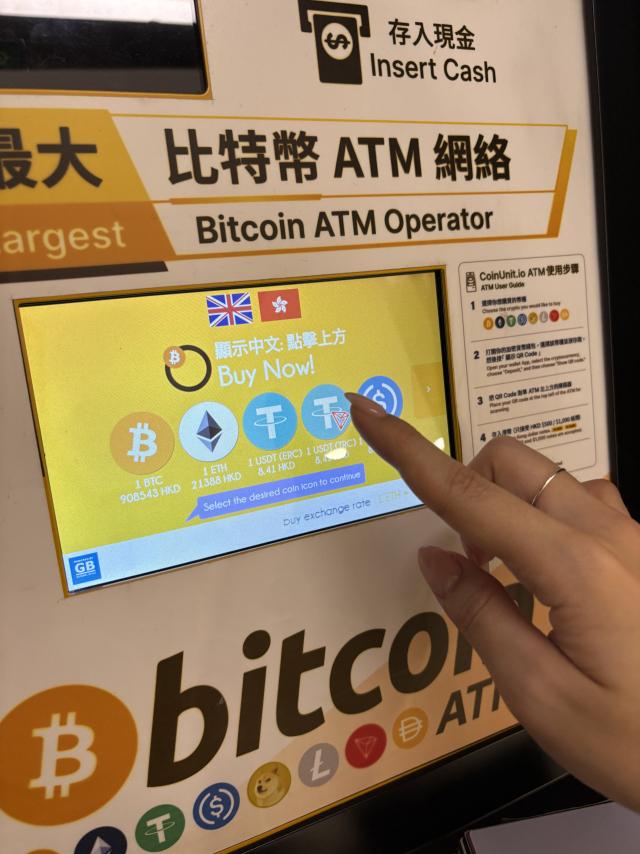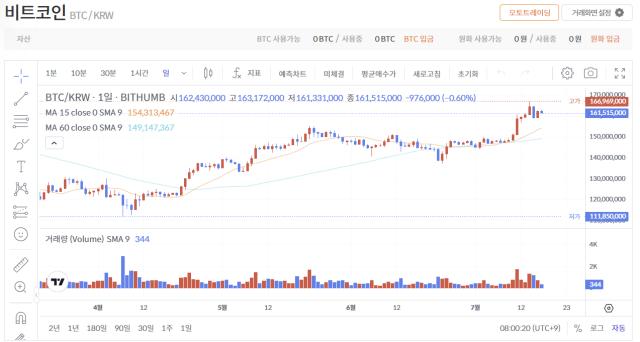
The New York Times (NYT) on the 17th (local time) said that the passage of the Stablecoin Regulation Bill in the U.S. House of Representatives, the 'Genius Act', "reached a milestone for the virtual asset industry". The market analysis suggests that with the Genius Act passing both the Senate and the House, the stablecoin industry will take another leap forward, centered on institutional financial companies.
The Financial Security Institute's report 'Analysis of Key Contents of the U.S. Genius Act and Response Strategy', obtained by Seoul Economic Newspaper on the 18th, stated that "the payment stablecoin industry in the United States is expected to grow rapidly" and "countries around the world are likely to actively prepare regulations related to payment stablecoins to revitalize the industry, weaken their monetary policies, and defend against capital outflows".
Experts share similar views. They suggest that the business areas of existing dollar-pegged stablecoins like Tether (USDT) and USDC could expand, and the market could be activated with new business participants. The global market capitalization of the stablecoin market was 260.7 billion dollars on this day, a significant increase of about 36.7% in just one year. Kim Min-seung, head of Korbit Research Center, said, "The Genius Act provides legal clarity for stablecoin businesses" and predicted that "existing stablecoins will expand, bank consortiums like JP Morgan, Citi, and Bank of America will increase, and killer apps integrating stablecoins into existing financial networks could emerge".
There are also suggestions that as large banks with capital enter the market, the center of gravity in the stablecoin market could shift to financial institutions. JP Morgan and Citi in the U.S. have already officially announced their participation. Hwang Seok-jin, a professor at Dongguk University's Graduate School of International Information Protection, predicted that "while the stablecoin market was previously dominated by non-banking entities, the entry of banks and quasi-banks will drive structural changes".
As a result, the industry is calling for Korea to quickly issue stablecoins while minimizing potential side effects like cybersecurity risks and 'coin runs'. This is because after the U.S. passed the bill, Hong Kong plans to issue stablecoin licenses from the 1st of next month, and Japan is expected to mint yen coins as early as this year, centered on mega banks like Mitsubishi UFJ and Mizuho.
Regarding cybersecurity risks, Korea currently lacks specialized security guidelines for stablecoins. Although not yet institutionalized, the Financial Security Institute advises that proactive research is urgent. The U.S. National Institute of Standards and Technology (NIST) identifies potential security issues in stablecoin systems as △unauthorized/arbitrary coin issuance △collateral theft △data reliability issues △software (SW) errors. Unauthorized stablecoin issuance could cause price crashes, and if external entities steal collateral like bonds or cash, prepared assets could become insufficient. NIST is particularly concerned that blockchain, the foundation of stablecoin systems, could be controlled externally to manipulate transactions.
Therefore, the U.S. defines stablecoin-related security issues as cybercrime and has strong punishment provisions, including fines up to 1 million dollars or imprisonment up to 5 years for intentional participants. The Financial Security Institute emphasized that "Korea needs to proactively research and analyze security threats related to stablecoins, especially newly discovered or actual security risks" and "based on such research, provide customized security guidelines for stablecoin issuers".
For 'coin runs', many analyses suggest that strictly enforcing disclosure of reserve status would largely prevent problems. Cho Jae-woo, a professor at Hansung University and head of the Blockchain Research Institute, explained, "USDC's decline during the Silicon Valley Bank collapse was not a stablecoin issue but a result of banking system instability" and "domestic bills specify 1:1 reserve maintenance, and by requiring disclosure of reserve status like Circle or Tether, or establishing a system of real-time reporting to financial authorities, response is possible".
- Reporters Sin Jung-seop, Kim Jung-woo
< Copyright ⓒ Decenter, reproduction and redistribution prohibited >






